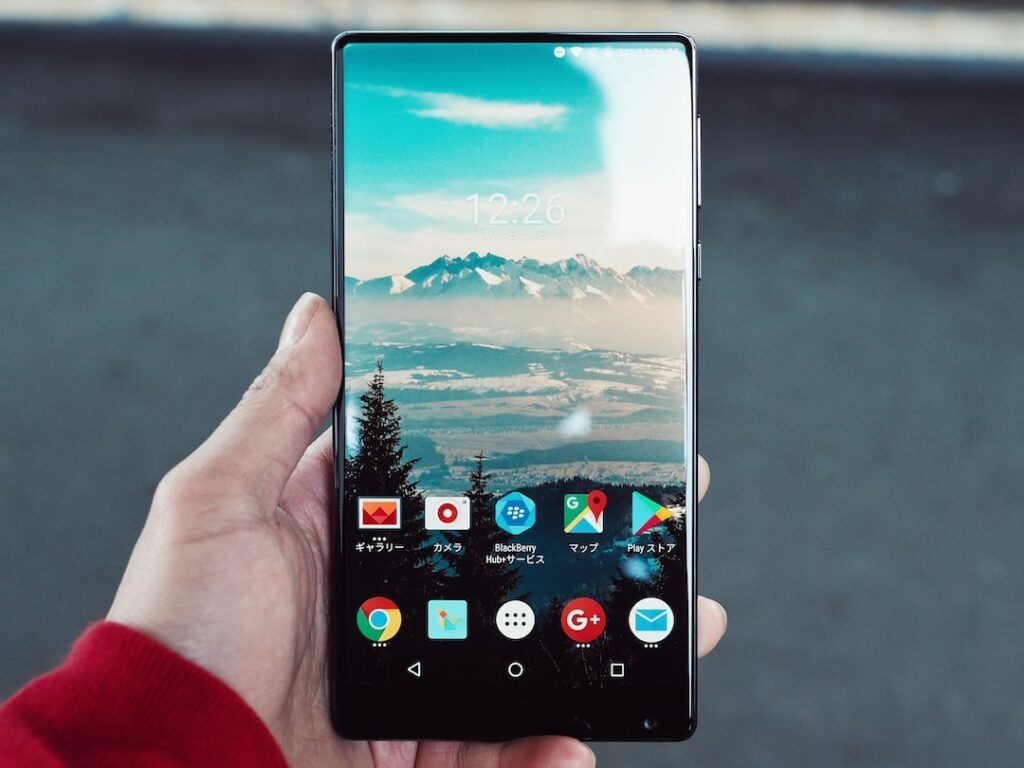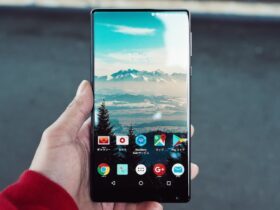The Power of Accessibility in Android
Have you ever stopped to think about how crucial accessibility is in our daily lives? Whether it’s the ability to navigate a website using just a keyboard or a screen reader aiding visually impaired individuals, accessibility plays a critical role in ensuring that everyone can use technology with ease. And when it comes to accessibility, Android has been making significant strides, which is no small feat given the platform’s massive user base.
The Surprising Impact of Accessibility on Android
According to recent studies, over 15% of the world’s population is estimated to live with some form of disability. This highlights the importance of creating technology that is inclusive and usable by everyone, regardless of their abilities. In the realm of mobile operating systems, Android has been taking big steps to cater to this demographic, and the results are truly impressive.
From built-in features like TalkBack, which provides spoken feedback to help users navigate their devices, to extensive options for customizing display and sound settings, Android is setting a high bar for accessibility in the tech industry. But what exactly is driving this focus on accessibility, and why is it proving to be a winning strategy for Android?
Why Accessibility is a Game Changer for Android
One of the key reasons behind Android’s emphasis on accessibility is its commitment to inclusivity and user empowerment. By making their platform accessible to individuals with diverse needs, Android is not only enhancing the overall user experience but also demonstrating a strong sense of social responsibility. Moreover, this focus on accessibility is not just a moral imperative; it’s also a smart business move.
Recent data shows that over 71% of users with disabilities choose Android as their preferred mobile operating system. This is a significant portion of the market that simply cannot be ignored. By prioritizing accessibility, Android is not only gaining the loyalty of existing users but also attracting new ones who might have felt excluded from the digital landscape in the past.
How You Can Embrace Accessibility in Your Daily Life
Now that we’ve explored the impact of accessibility on Android, you might be wondering how you can embrace these principles in your own life. The good news is that there are plenty of simple yet effective ways to make your daily tech interactions more accessible, whether you have a disability or not.
Customizing Your Android Device for Accessibility
If you’re an Android user, take some time to delve into the accessibility settings on your device. You’ll be amazed by the range of options available, from magnifying your screen and adjusting font sizes to enabling voice commands and gesture controls. By tailoring these settings to your preferences, you can personalize your device to better suit your unique needs.
Raising Awareness and Advocating for Accessibility
Even if you don’t have a disability, you can still play a part in promoting accessibility. Educate yourself and others about the importance of inclusive design, whether it’s through social media posts, conversations with friends and family, or supporting organizations that champion accessibility initiatives. By being an advocate for accessibility, you can help create a more inclusive environment both online and offline.
Supporting Brands That Prioritize Accessibility
In a world where consumer choices hold significant sway, supporting brands that prioritize accessibility can send a powerful message. When considering your next tech purchase, take a moment to research how different brands approach accessibility. By choosing products and services from companies that demonstrate a commitment to inclusivity, you’re not just making a personal choice – you’re contributing to a larger movement towards a more accessible future.
In Conclusion
In conclusion, accessibility isn’t just a buzzword; it’s a driving force that shapes the experiences of millions of individuals around the world. Android’s dedication to accessibility is not only commendable but also strategic, as it continues to win over users who value technology that meets their diverse needs. By embracing accessibility in our own lives and advocating for inclusive design, we can all contribute to a more accessible and empowering digital landscape. So, let’s celebrate the progress made so far and look forward to an even more inclusive and accessible future.












